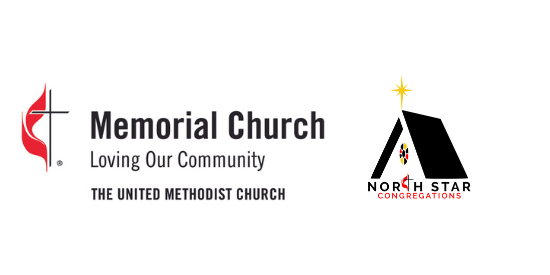Writing History
Along with many others, I watched the newly released filmed version of Hamilton, the smash Broadway hit written by Lin Manuel Miranda. As my old ears worked hard to keep up with the rapid rap lyrics, I realized how much of America’s history had slipped from my mind. With apologies to my social studies teachers (John Berk, Terry Lee, and Michael Barnhart), I may not have paid as much attention in their classes as might have been wise. (I did get good grades, but time has erased much of the information.) It’s possible I would have a hard time passing the test that new citizens from other countries are required to take. For sure, I would have to do some serious reviewing. Some critics question the accuracy of the history behind Hamilton, which is based upon a book by Ron Chernow. History is, as we are constantly discovering, a slippery subject which is almost impossible to pin down with any accuracy.
World history, as taught in the 1960’s, was really European-American history, with a smattering of Asian history (Marco Polo, and British colonialism), a bit of South or Central American and Canadian history when it affected the United States, and nothing about Africa, unless it was a war fought by European nations against “savages.” American history ignored the roles of all but a few notable women, said little or nothing about the Trail of Tears or the realities of slavery, and minimized or belittled the contributions of various immigrant groups, such as the Irish, Chinese, and eastern European groups. Hidden Figures, a movie based upon a non-fiction book by Margot Lee Shetterly, tells the story of three black women mathematicians who were instrumental in the success of the early days of NASA. We do not have to go more than a few years back to realize that history as often presented is not universal, but reflects the perspective of the collector. History, so it is said, is written by the winners, or the dominant members of a particular culture.
We are discovering that what we thought we knew, even if we’ve forgotten much of it, was not the whole story. Intentionally or unintentionally, events and individuals were ignored or omitted to create the story we wanted to tell. (Yes, we do this in our own personal histories as well, seldom admitting to the embarrassing stories of our youth, or rephrasing our experiences based upon our current situations.) Much of today’s unrest about statues, flags, icons and names, is not about revising history, but adding the stories that have seldom been told. The history we teach can be more inclusive if we add the stories of women, black soldiers who fought in U.S. wars, and others whose contributions have remained unknown. Some of the stories may lead to regret for the ways in which people have been treated, perhaps even in seeking forgiveness and reconciliation. Certainly, most of us will say, at one point or another, “I never knew.” As we add to our history, as we admit the results of our mistakes or lack of information, we may discover a richer heritage than we could have imagined. Our country may indeed come together in new ways as we share stories of hope, honor, and commitment. Instead of out-shouting one another, we will listen and learn. And if we do so with integrity, we will rise up, together, and no one will need to sing, “I’m not throwing away my shot.”
Stay safe and be blessed,
Pastor Barbara
